[Anchor]
It is a leading second-hand trading platform in Korea.
How much did it grow last year?
The total transaction amount increased by about 40% in one year.
This is the result of people looking for second-hand items to reduce spending.
Consumption statistics are also grim.
Retail sales have decreased for three consecutive years until last year, which is unprecedented.
The term 'consumption ice age' is also being mentioned.
If consumption is down, demand should decrease, leading to stabilized prices, but that is not happening.
Demand is quiet, but supply-side factors, especially exchange rates and oil prices, keep stimulating prices.
Last month, the inflation rate returned to around 2%.
Reporter Kim Jin-hwa has closely examined the reasons for the rising prices.
[Report]
The convenience store lunch box was once synonymous with a cheap meal.
Most are over 5,000 won now.
A roll of gimbap averages around 3,000 won.
Last month, the prices of lunch boxes and gimbap rose by 8.4% and 4.7%, respectively, compared to a year ago.
[Ahn Tae-kyung/Incheon, Seo-gu: "I used to visit convenience stores often because I could eat a lot for at a low cost, but these days, with prices so high, I prefer eating at home."]
The consumer price inflation rate fell to the 1% range for the first time in three and a half years last September, but it has been creeping up, reaching 2.2% last month, back in the 2% range after five months.
This is the result of rising oil prices and exchange rates working together.
The 'oil products' that are influenced by international oil prices and the 'processed food products' whose raw material costs are directly linked to the dollar have both jumped by around 10%.
The nationwide discount event 'Korea Sale Festa' has been held for ten years.
Last year, it was held for the longest days ever, but the effect of boosting consumption was unprecedentedly 0%.
The event, once bustling with shopping crowds, now has far fewer shoppers.
Instead, crowds are now gathering only at discount stores that promote 'ultra-low prices' and 'special deals'.
Considering the economy, a cut in the base interest rate or a supplementary budget is urgent, but it could end up stimulating prices without reviving the economy.
The gradual rise in public utility fees and university tuition is becoming increasingly evident.
There are even concerns about 'stagflation', where economic stagnation and rising prices overlap.
KBS News, Kim Jin-hwa.
It is a leading second-hand trading platform in Korea.
How much did it grow last year?
The total transaction amount increased by about 40% in one year.
This is the result of people looking for second-hand items to reduce spending.
Consumption statistics are also grim.
Retail sales have decreased for three consecutive years until last year, which is unprecedented.
The term 'consumption ice age' is also being mentioned.
If consumption is down, demand should decrease, leading to stabilized prices, but that is not happening.
Demand is quiet, but supply-side factors, especially exchange rates and oil prices, keep stimulating prices.
Last month, the inflation rate returned to around 2%.
Reporter Kim Jin-hwa has closely examined the reasons for the rising prices.
[Report]
The convenience store lunch box was once synonymous with a cheap meal.
Most are over 5,000 won now.
A roll of gimbap averages around 3,000 won.
Last month, the prices of lunch boxes and gimbap rose by 8.4% and 4.7%, respectively, compared to a year ago.
[Ahn Tae-kyung/Incheon, Seo-gu: "I used to visit convenience stores often because I could eat a lot for at a low cost, but these days, with prices so high, I prefer eating at home."]
The consumer price inflation rate fell to the 1% range for the first time in three and a half years last September, but it has been creeping up, reaching 2.2% last month, back in the 2% range after five months.
This is the result of rising oil prices and exchange rates working together.
The 'oil products' that are influenced by international oil prices and the 'processed food products' whose raw material costs are directly linked to the dollar have both jumped by around 10%.
The nationwide discount event 'Korea Sale Festa' has been held for ten years.
Last year, it was held for the longest days ever, but the effect of boosting consumption was unprecedentedly 0%.
The event, once bustling with shopping crowds, now has far fewer shoppers.
Instead, crowds are now gathering only at discount stores that promote 'ultra-low prices' and 'special deals'.
Considering the economy, a cut in the base interest rate or a supplementary budget is urgent, but it could end up stimulating prices without reviving the economy.
The gradual rise in public utility fees and university tuition is becoming increasingly evident.
There are even concerns about 'stagflation', where economic stagnation and rising prices overlap.
KBS News, Kim Jin-hwa.
■ 제보하기
▷ 카카오톡 : 'KBS제보' 검색, 채널 추가
▷ 전화 : 02-781-1234, 4444
▷ 이메일 : kbs1234@kbs.co.kr
▷ 유튜브, 네이버, 카카오에서도 KBS뉴스를 구독해주세요!
- Concerns over stagflation
-
- 입력 2025-02-06 00:57:24
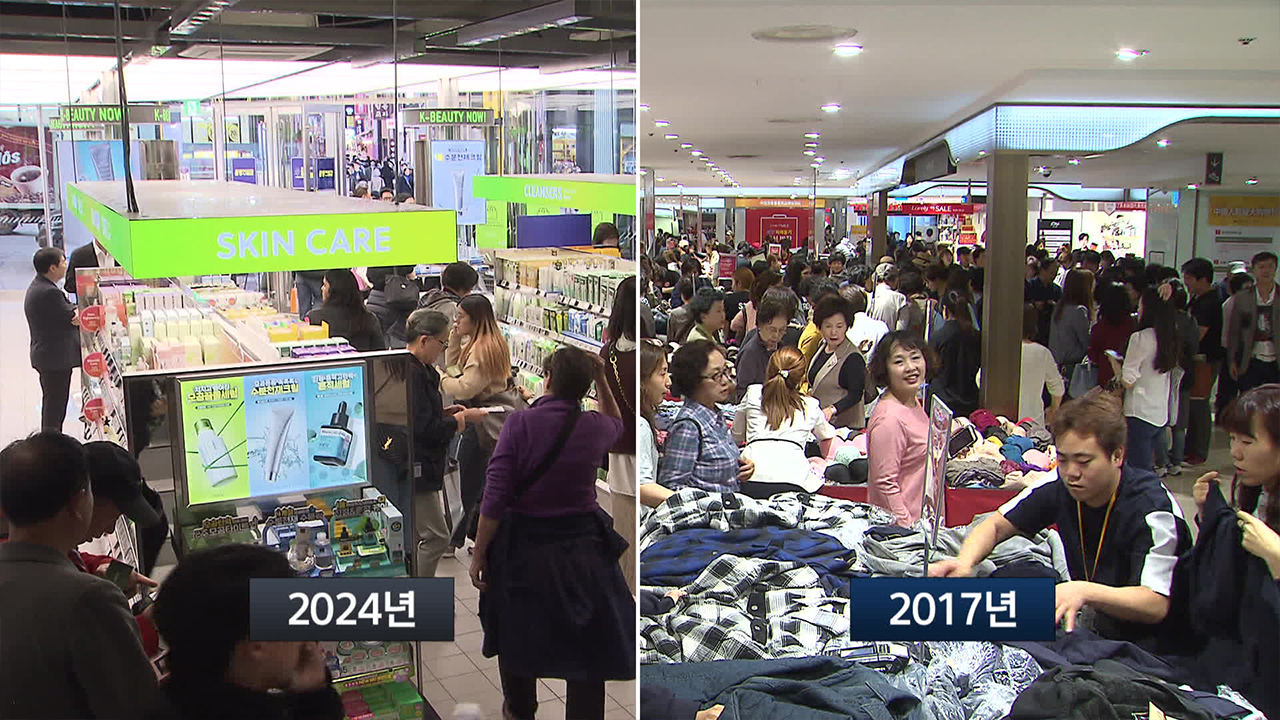
[Anchor]
It is a leading second-hand trading platform in Korea.
How much did it grow last year?
The total transaction amount increased by about 40% in one year.
This is the result of people looking for second-hand items to reduce spending.
Consumption statistics are also grim.
Retail sales have decreased for three consecutive years until last year, which is unprecedented.
The term 'consumption ice age' is also being mentioned.
If consumption is down, demand should decrease, leading to stabilized prices, but that is not happening.
Demand is quiet, but supply-side factors, especially exchange rates and oil prices, keep stimulating prices.
Last month, the inflation rate returned to around 2%.
Reporter Kim Jin-hwa has closely examined the reasons for the rising prices.
[Report]
The convenience store lunch box was once synonymous with a cheap meal.
Most are over 5,000 won now.
A roll of gimbap averages around 3,000 won.
Last month, the prices of lunch boxes and gimbap rose by 8.4% and 4.7%, respectively, compared to a year ago.
[Ahn Tae-kyung/Incheon, Seo-gu: "I used to visit convenience stores often because I could eat a lot for at a low cost, but these days, with prices so high, I prefer eating at home."]
The consumer price inflation rate fell to the 1% range for the first time in three and a half years last September, but it has been creeping up, reaching 2.2% last month, back in the 2% range after five months.
This is the result of rising oil prices and exchange rates working together.
The 'oil products' that are influenced by international oil prices and the 'processed food products' whose raw material costs are directly linked to the dollar have both jumped by around 10%.
The nationwide discount event 'Korea Sale Festa' has been held for ten years.
Last year, it was held for the longest days ever, but the effect of boosting consumption was unprecedentedly 0%.
The event, once bustling with shopping crowds, now has far fewer shoppers.
Instead, crowds are now gathering only at discount stores that promote 'ultra-low prices' and 'special deals'.
Considering the economy, a cut in the base interest rate or a supplementary budget is urgent, but it could end up stimulating prices without reviving the economy.
The gradual rise in public utility fees and university tuition is becoming increasingly evident.
There are even concerns about 'stagflation', where economic stagnation and rising prices overlap.
KBS News, Kim Jin-hwa.
It is a leading second-hand trading platform in Korea.
How much did it grow last year?
The total transaction amount increased by about 40% in one year.
This is the result of people looking for second-hand items to reduce spending.
Consumption statistics are also grim.
Retail sales have decreased for three consecutive years until last year, which is unprecedented.
The term 'consumption ice age' is also being mentioned.
If consumption is down, demand should decrease, leading to stabilized prices, but that is not happening.
Demand is quiet, but supply-side factors, especially exchange rates and oil prices, keep stimulating prices.
Last month, the inflation rate returned to around 2%.
Reporter Kim Jin-hwa has closely examined the reasons for the rising prices.
[Report]
The convenience store lunch box was once synonymous with a cheap meal.
Most are over 5,000 won now.
A roll of gimbap averages around 3,000 won.
Last month, the prices of lunch boxes and gimbap rose by 8.4% and 4.7%, respectively, compared to a year ago.
[Ahn Tae-kyung/Incheon, Seo-gu: "I used to visit convenience stores often because I could eat a lot for at a low cost, but these days, with prices so high, I prefer eating at home."]
The consumer price inflation rate fell to the 1% range for the first time in three and a half years last September, but it has been creeping up, reaching 2.2% last month, back in the 2% range after five months.
This is the result of rising oil prices and exchange rates working together.
The 'oil products' that are influenced by international oil prices and the 'processed food products' whose raw material costs are directly linked to the dollar have both jumped by around 10%.
The nationwide discount event 'Korea Sale Festa' has been held for ten years.
Last year, it was held for the longest days ever, but the effect of boosting consumption was unprecedentedly 0%.
The event, once bustling with shopping crowds, now has far fewer shoppers.
Instead, crowds are now gathering only at discount stores that promote 'ultra-low prices' and 'special deals'.
Considering the economy, a cut in the base interest rate or a supplementary budget is urgent, but it could end up stimulating prices without reviving the economy.
The gradual rise in public utility fees and university tuition is becoming increasingly evident.
There are even concerns about 'stagflation', where economic stagnation and rising prices overlap.
KBS News, Kim Jin-hwa.
-
-
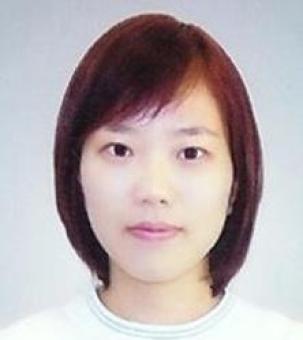
김진화 기자 evolution@kbs.co.kr
김진화 기자의 기사 모음
-
이 기사가 좋으셨다면
-
좋아요
0
-
응원해요
0
-
후속 원해요
0











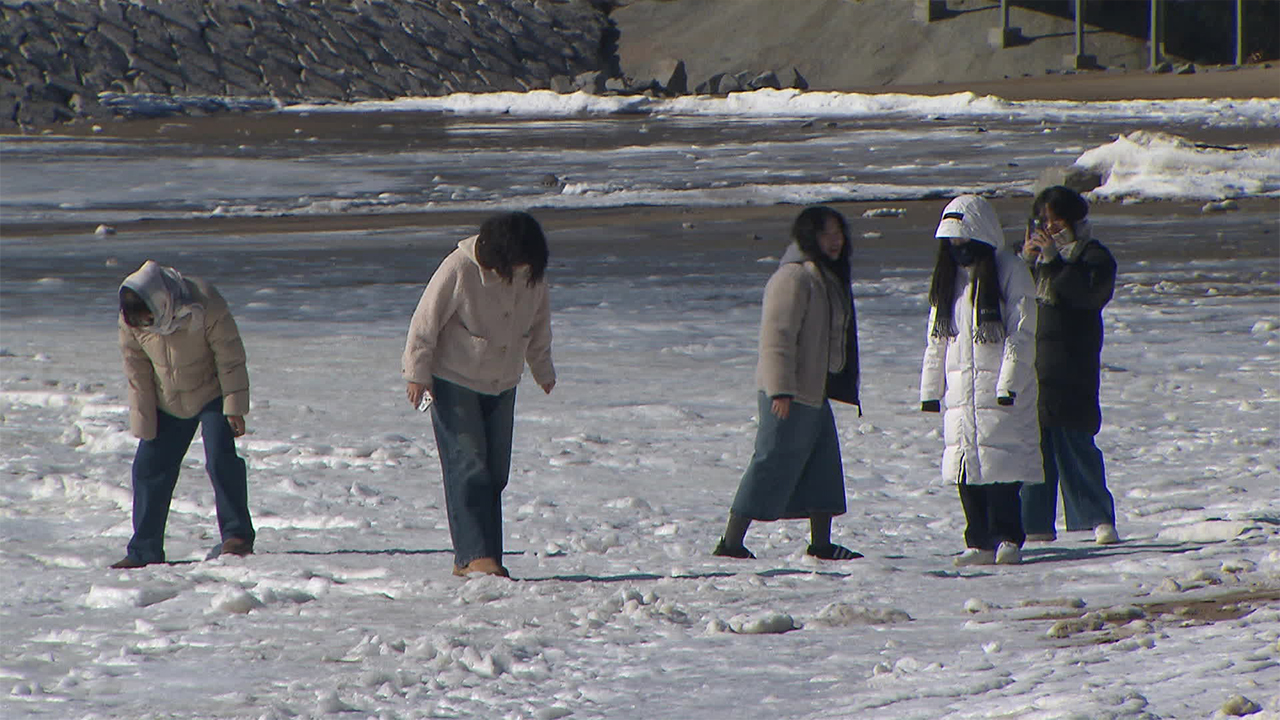
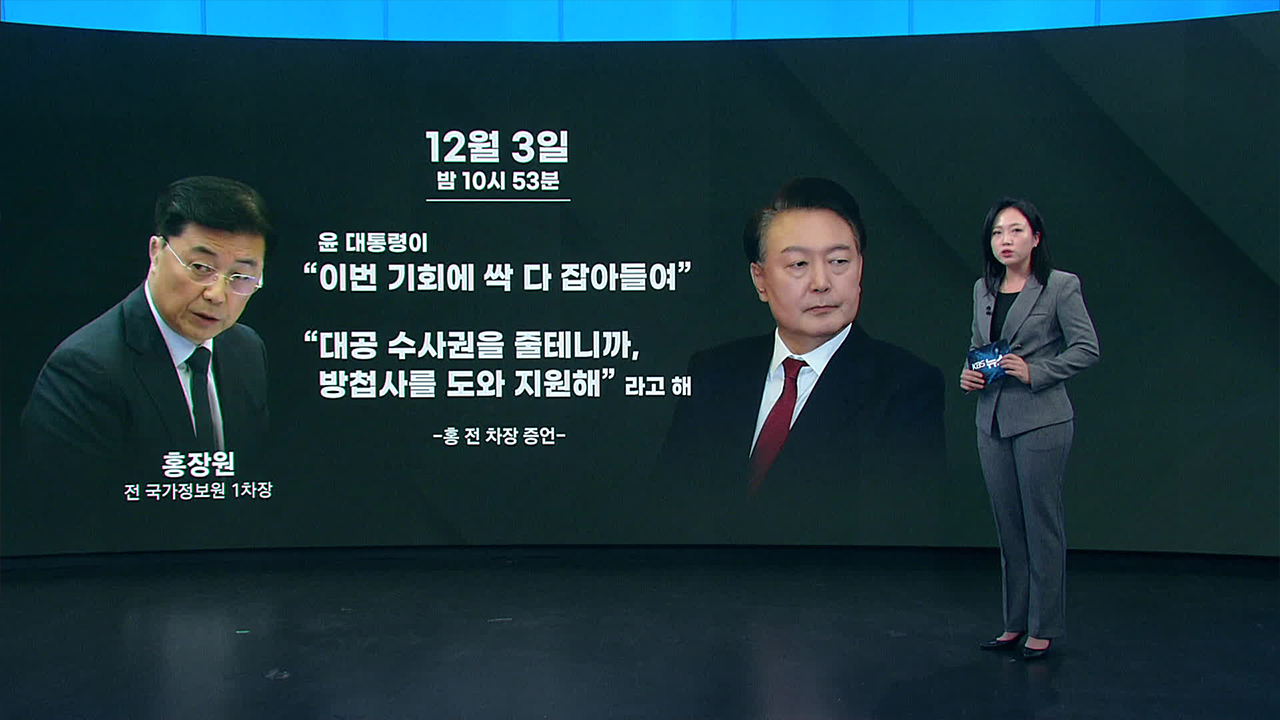
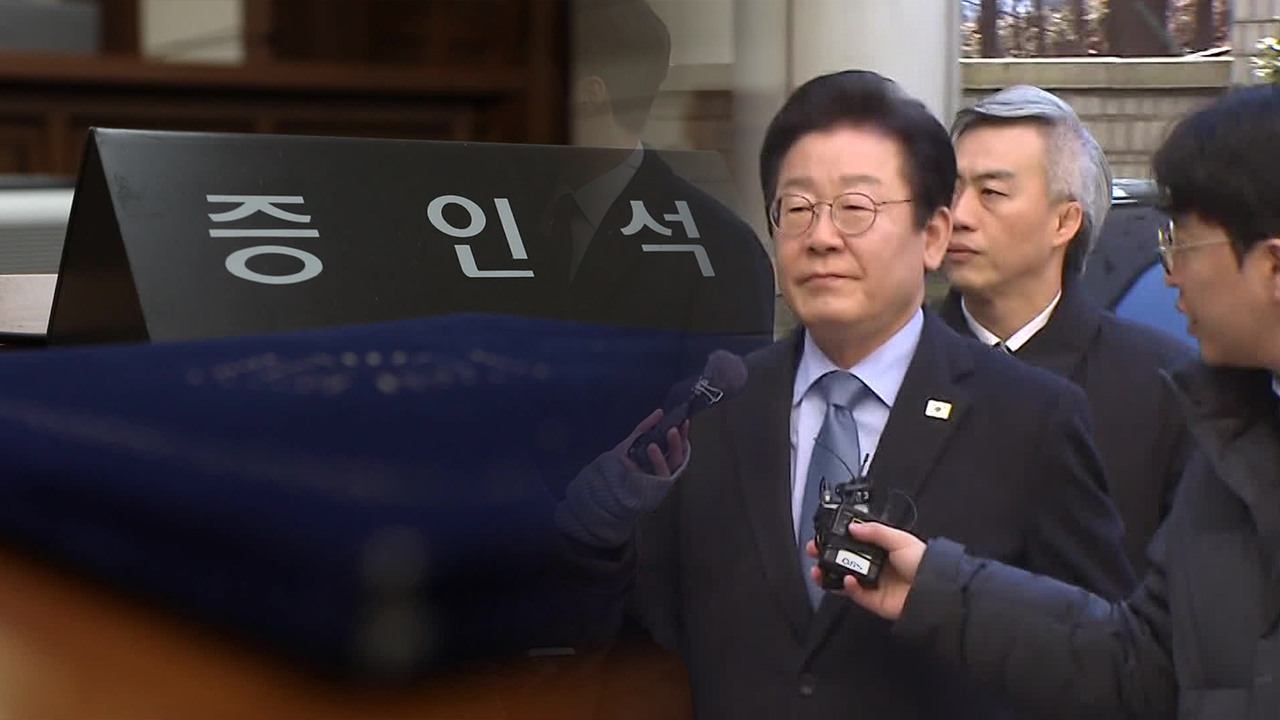

이 기사에 대한 의견을 남겨주세요.